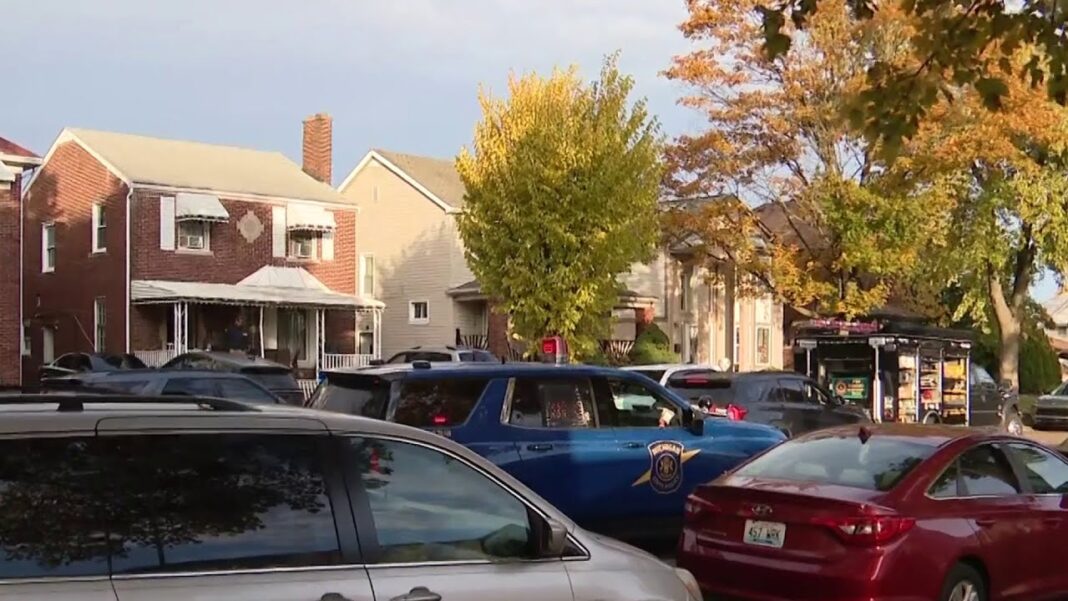The change allows DHS to implement facial comparison technology at all commercial airports, seaports, and land border crossings.
The Department of Homeland Security has finalized new rules that will require all non-U.S. citizens entering or leaving the United States to go through facial recognition screening at ports of entry nationwide.
The final rule published in the Federal Register eliminates previous restrictions that limited biometric collection to pilot programs at just 15 airports or seaports, according to U.S. Customs and Border Protection documents. The change allows DHS to implement facial comparison technology at all commercial airports, seaports, and land border crossings.
The new rules remove age-based exemptions that previously allowed children under 14 and adults over 79 to skip biometric screening. Under the new system, all foreign travelers, regardless of age, may be photographed when crossing U.S. borders, though exemptions are still in place for other biometric data like fingerprints.
The change comes as CBP works toward full implementation of a congressionally mandated biometric entry-exit system designed to track foreign visitors and identify those who overstay their visas. Federal law has required such a system since 1996, with multiple statutes reinforcing the mandate following the Sept. 11 terrorist attacks.
CBP estimates the system can be fully deployed at all commercial airports and seaports within three to five years. The technology has already been implemented through a process called Simplified Arrival at air entry points and through various programs at sea and land crossings.
The facial recognition system works by comparing live photographs of travelers against a database of images from passport applications, visa applications, and previous border inspections. The agency creates digital galleries based on flight manifests and vessel arrival information, then matches incoming travelers against those pre-loaded images.
According to the National Institute of Standards and Technology, the facial comparison technology achieves match rates exceeding 98 percent. CBP officials say the system provides faster processing than traditional fingerprint verification while maintaining accuracy.
For fiscal year 2022, DHS estimates approximately 853,955 non U.S. citizens who entered by air or sea overstayed their authorized period of admission, representing 3.67 percent of such arrivals. Officials say biometric exit tracking will help identify visa overstayers and prevent illegal reentry.
The regulation maintains that American citizens are not required to participate in facial recognition screening. U.S. travelers may ask for an alternative screening, though such could result in travel delays or hinder travel, the agency said.
CBP says it will delete photographs of U.S. citizens within 12 hours of verifying their identity and citizenship. However, photos of foreign nationals will be retained in government databases for identity verification and immigration enforcement purposes.
By Rudy Blalock







